
Highlighted department initiatives that help the community adapt and plan for flooding due to increase precipitation from climate change. Initiative priorities include minimizing damage when flooding occurs and helping flood recovery to be quicker and less expensive. View our Climate Initiatives webpage for other initiatives, projects, and programs.
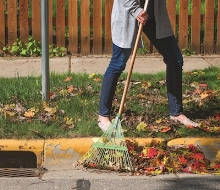
We offer a variety of programs that help community members address local flooding. Rain barrels and gardens can improve runoff infiltration and reduce runoff volumes. Leaf-free Streets and Adopt-a-Storm Drain programs help reduce flooding in streets by preventing inlets from being clogged.

Highlighted department initiatives that improve the landscape's ability to manage increased rainfall and store greenhouse gases. Highlights include land restoration and preservation activities relating to forestry, native plants for the community, prairies, streambanks, and wetlands.
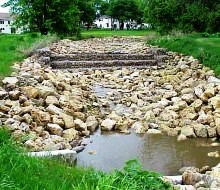
Construction of impervious surfaces (such as parking lots and roofs) increases the amount of surface runoff, which directly contributes to flooding. To control or reduce this runoff, a stormwater management permit requires the installation of practices including ponds and bioretention areas.
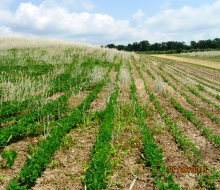
Highlighted department initiatives that help agriculture adapt to and address increased greenhouse gases and precipitation from climate change. Initiative priorities include capturing greenhouse gases from agricultural activities and improving soil health to increase runoff infiltration.
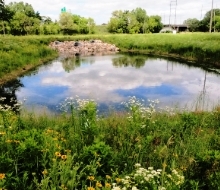
This program provides cost-share funds to municipalities for constructing stormwater practices where there are often none. Urban areas typically have large impervious surface areas and associated surface runoff, so managing stormwater in these locations is very valuable to reduce the volume of runoff.
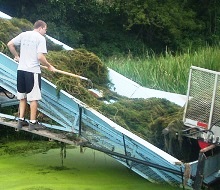
Aquatic plants are harvested in the Yahara River to increase water flow and mitigate the effects of flooding. The location and volume of aquatic plant growth is highly variable from year to year and is evaluated throughout the growing season.

The accumulation of sediment in the Yahara River and Lakes has been greatly increased by human activity such as urban development and winter sand operations. Removing this sediment will increase the water flow and reduce flooding in the lakes.